How to survive long-haul flights? For some of us, a long-haul flight is a significant deterrent. Unless you are lucky enough to fly first class or business class, only some of us emerge from a very long flight feeling refreshed, relaxed and ready for anything when we touch down.
Here are some tips for long-haul flights. There are a few things that you should be doing while flying. And you could join the small group of people that say they love flying long haul (and no, they are necessarily sitting in premium class). At the very least, you can make the best of the situation as you fly for half a day or more to your dream destination.
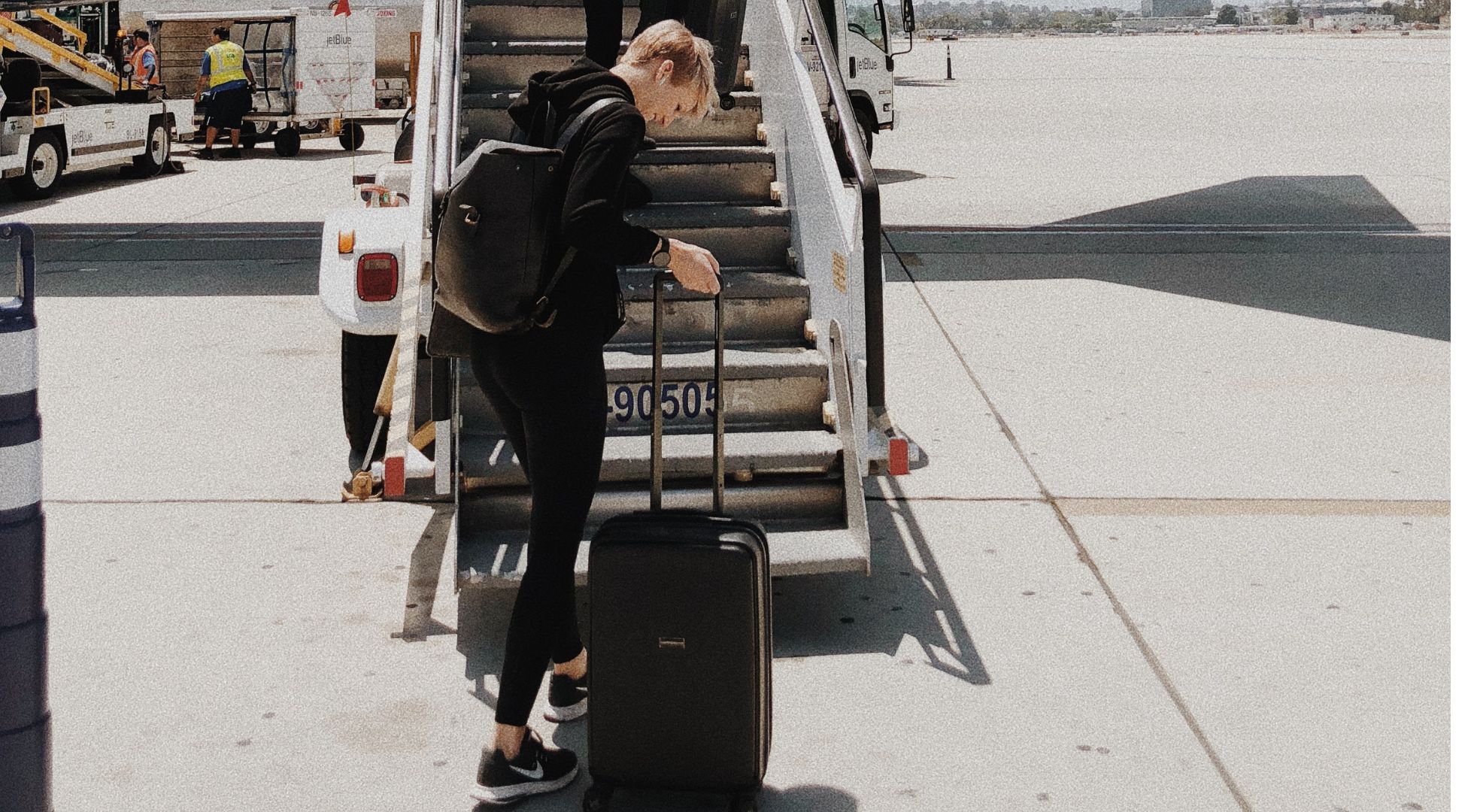
How to Survive Long-Haul Flights: 5 Tips
1. Get the best seat
There are many opinions and information on the ‘right’ seat on a plane. Your preferences affect your comfort level significantly, so here are a few simple tips:
- If you want more legroom, look for a seat on the exit rows
- If you want to avoid crying children, stay away from the front of the plane, as this is often where you’ll find chairs with provisions for babies on international flights
- If you like to move about the plane (or have quick access to the loos), get an aisle seat
- A window seat can provide a nice view and a spot to lean against for sleep.
- Check-in online when the system opens to pick the seat you want.



Perhaps, the best tip on how to survive long-haul flights is to fly with an airline known for flying long distances. Think of Emirates, Etihad, Qatar Airways, Singapore Airlines, Malaysia Airlines, Thai Airways International, Air New Zealand, or Qantas. For example, Qatar claims its economy-class seats are among the widest and most spacious in the industry. Its compliment amenity products are high-quality, while snacks and beverages are unlimited.
2. Hydrate
We have talked about dry cabin air. The longer your flight, the higher the chance of becoming dehydrated. The best way to combat dehydration is to drink water throughout the flight. This means you must bring an empty water bottle through security or purchase water on board.
Drink your water slowly and regularly. Avoid excessive alcohol, tea and caffeine, as these beverages can further dehydrate your body. Since skin can be affected by dry cabin air, pack moisturiser and a lip balm in your bag. If you are prone to dry eyes, take some eyedrops too.
According to the Cancer Council Australia, a study in 2015 found that, compared with the general population, pilots and cabin crew had around twice the rate of melanoma. However, it was unclear if this was caused by exposure to UV radiation on the ground during leisure time or in the aircraft during flight.
UV radiation increases with altitude, and if UVA penetrates the windshield, it may impact the melanoma incidence of pilots. However, more research is needed to establish this link. It’s better to be safe than sorry, and we recommend using a moisturiser and lip balm with SPF protection.
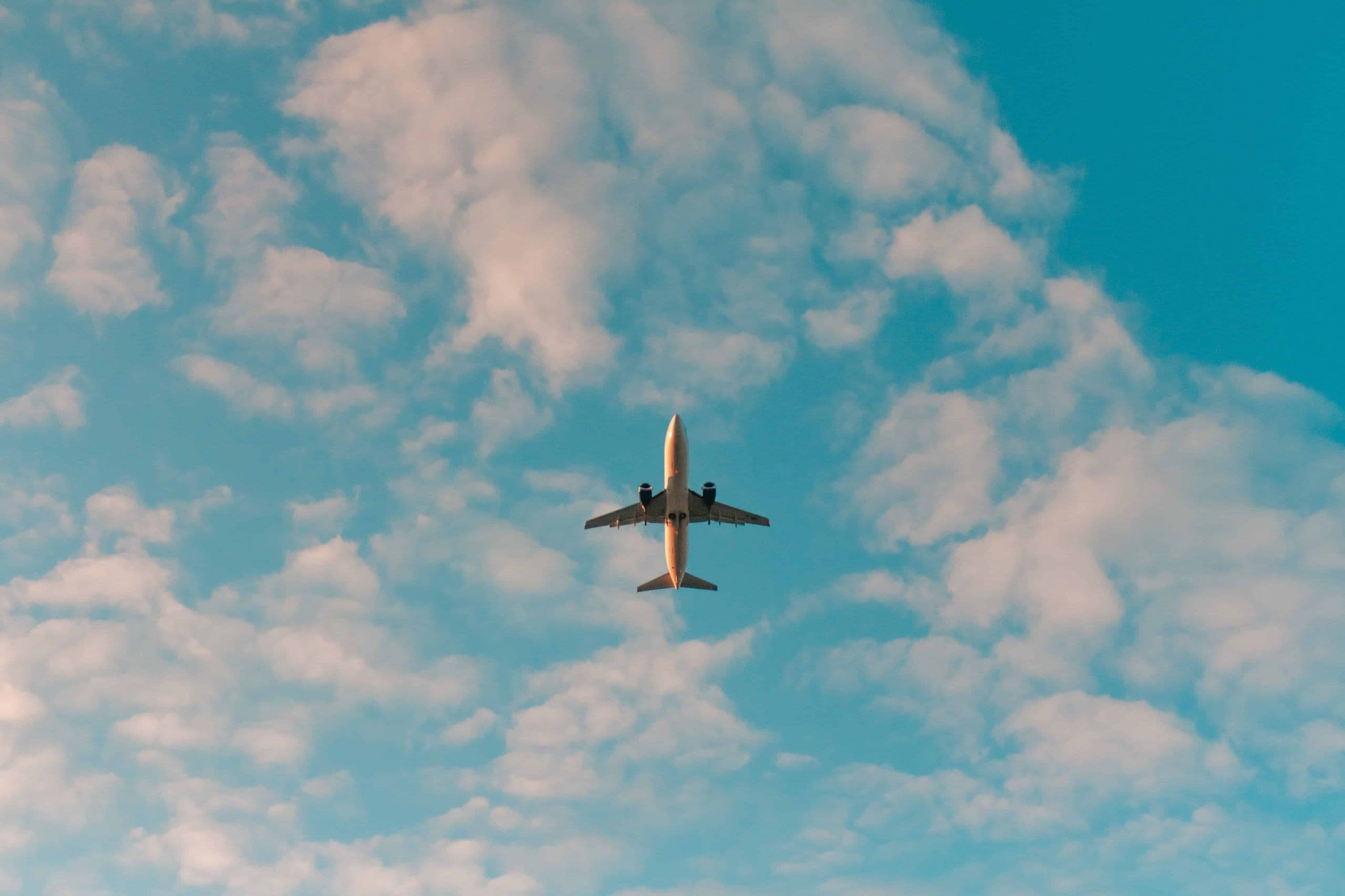


3. Dress comfortably
Wear loose, breathable clothing and use layers to adjust to different temperatures easily. Think of something that can get you quickly through half a day or more on a plane. It can get chilly inside a plane, so pack a cardigan or sweater.
For shoes, wear something comfortable that can be slipped on and off during the flight, as your feet may swell after many hours of sitting. Close-toe shoes are better than flip-flops during an emergency and while walking around an airport. If you are saving luggage space and decide to wear your big, heavy shoes on the plane, ensure you have packed a comfortable pair of shoes in your carryall baggage.
4. Move and stretch
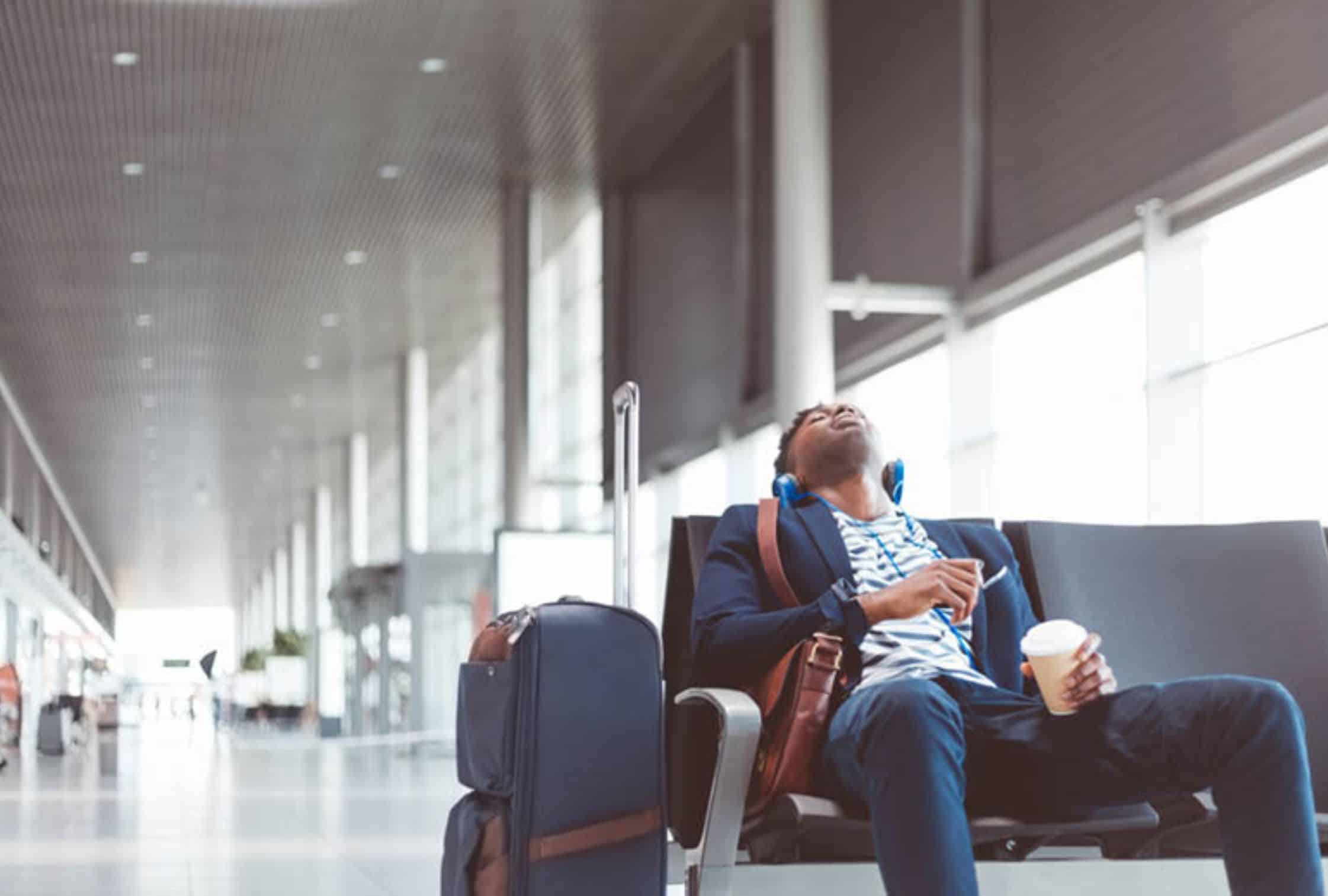


Blood clots, called deep vein thrombosis (DVT), can be a severe risk to some long-distance travellers. Most information about blood clots and long-distance travel comes from data gathered about air travel. According to the CDC, anyone travelling more than four hours, whether by air, car, bus, or train, can be at risk for blood clots. Sitting for an extended period can lead to discomfort and muscle stiffness.
The longer you are immobile, the greater your risk of developing a blood clot. Many times the blood clot will dissolve on its own. However, a severe health problem can occur when a part of the blood clot breaks off and travels to the lungs, causing a blockage. Protecting yourself starts with knowing what to look for. Go here for more information on DVT and pulmonary embolism.



Our tips on how to survive long-haul flights include taking short walks around the cabin whenever possible to stretch your legs and improve circulation.
Avoid crossing your legs: Crossing your legs for extended periods can restrict blood flow and increase the risk of blood clot formation. Keep your legs uncrossed, and try to elevate your feet slightly using a footrest or a bag to promote better circulation.
According to the Vein Institute, long-haul travel can pose additional health concerns if you already have varicose veins or are at risk of developing them in Australia. When you’re not moving, neither is your blood. This can cause blood clots to form. If you’re travelling longer than 5 hours, the institute recommends performing foot lifts, ankle rotations, knee-to-chest stretches, and forward bends every few hours.
While waiting for the bathroom, perform a standing version of the knee-to-chest exercise. To do this, stand on one leg and pull the other knee towards your chest. Also, if there is room in the aisle, you can do gentle leg squats or touch-your-toes exercises.
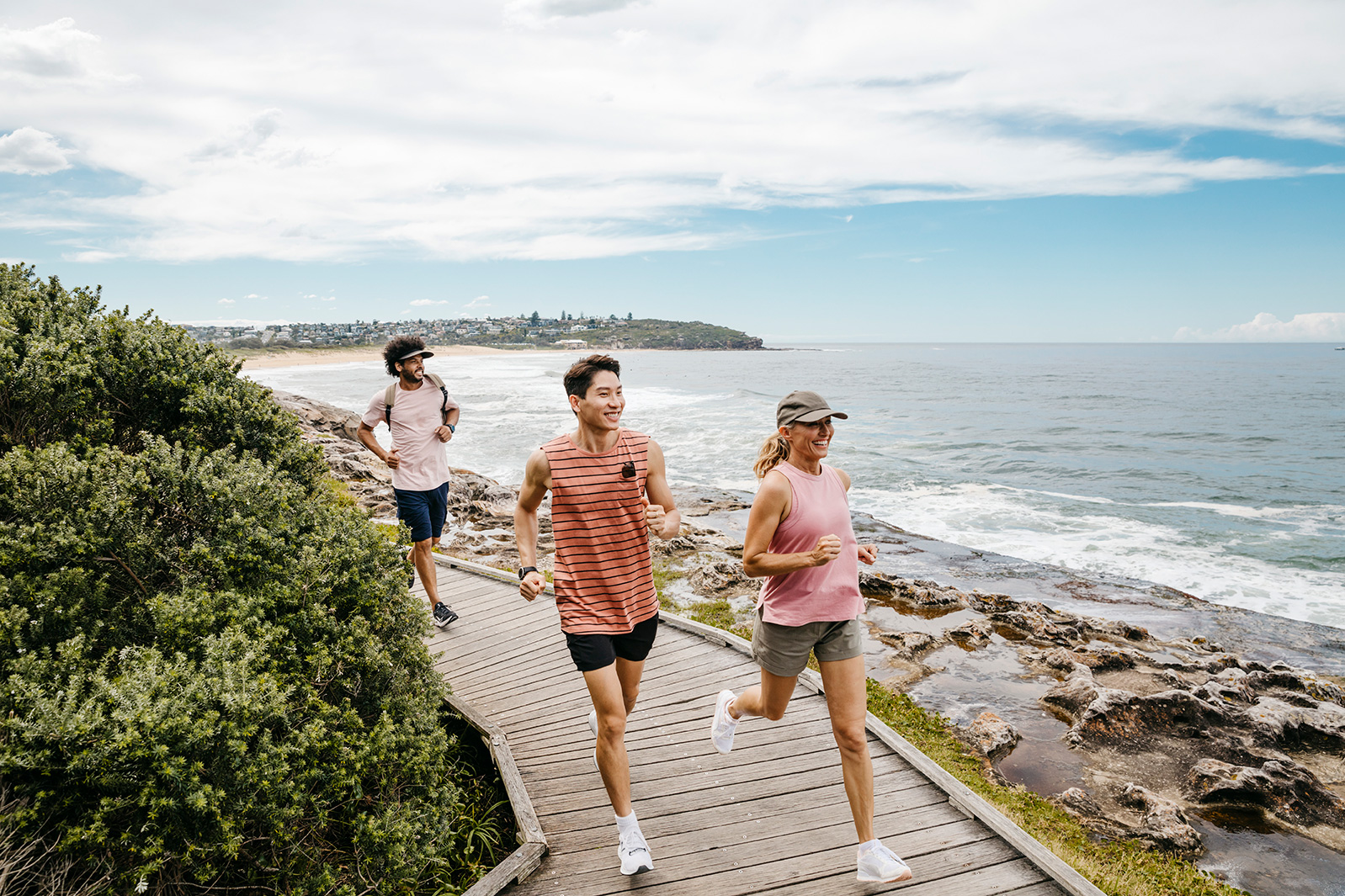


5. Bring flight essentials
Many things in the market aim to make a long flight more comfortable. Some accessories are worth the space in your carryall bag, as they can impact the comfort of long-haul flights. Consider these six items:
- A neck pillow that can be inflated. It surrounds your neck and protects your head from rolling. This is especially useful if your head tends to drop forward while dozing. Travel neck pillows weigh practically nothing.
- A travel blanket or a scarf. You can use the scarf as a blanket while on board. If you are bound for warm climates, and won’t need a scarf at your destination, think of using a compact, lightweight blanket on board. Look for one that is soft as silk and as warm as flannels.
- Seat cushions. These are usually self-inflating pillows that take the pressure off your spine as you sit. It keeps your legs, hips and butt from cramping on long flights.
- A facial mist cools and soothes the skin. A hydrating one is even better. Look for one that smells good. Bring moist, disposable eye pads if you tend to get puffy eyes. Put them on for 10 to 15 minutes before the plane descends to wake up tired eyes after overnight flights.
- Snacks. We like slow-energy release snacks like dried fruit, nuts and energy bars on the plane. Snacks are helpful when travelling through different time zones as your body is probably not used to meal times on the plane.
- Compression socks are often used to prevent post-flight swelling. However, discomfort and possible side effects may appear after a few hours of continuous use. This includes loss of circulation, chafing and bruises and broken skin. Remember that side effects aren’t as likely when your compression socks are correctly fitted.
Misuse and overuse of compression socks can increase your chances of uncomfortable symptoms. Talk to your doctor about using compression socks for travel and practice using them a few times before your flight.
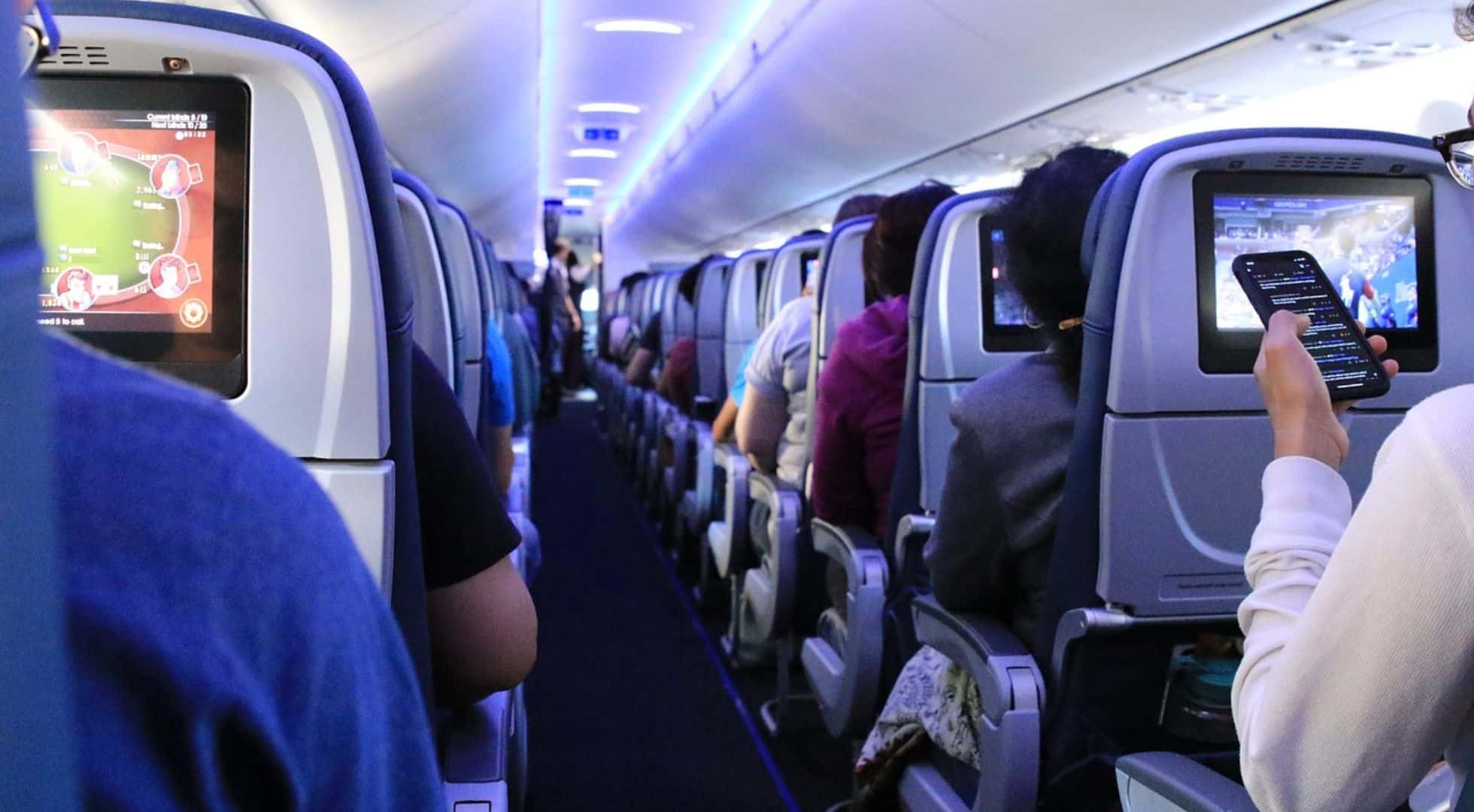


How to Survive Long-Haul Flights: Beating Jet Lag
The CDC describes jetlag as a mismatch between a person’s normal daily rhythms and a new time zone. It is a temporary sleep problem that usually occurs when you travel across more than three time zones but can affect anyone who travels across multiple time zones. Jet lag can affect your mood, ability to concentrate, and physical and mental performance.
Here are steps to minimise the effects of jet lag.
Adjust your sleep patterns to get used to the time change. You don’t have to do the entire eight-hour shift, but if you usually go to bed at 11 pm, try going at 9 pm or 1 am.
- If travelling west, go to bed an hour or two later than usual
- If travelling east, go to bed an hour or two earlier.
If you find it hard to sleep on planes, arriving in the evening is better so you can head to bed soon after checking into your hotel. If you are the type that can sleep on the plane, look for flights that arrive around lunchtime. Then you have an extra half-day at your destination. This should be part of your arsenal on how to survive long-haul flights.



Try to adjust to your new time zone while on board. If it is bedtime, then try your best to go to sleep. An eye mask and earplugs can drown out the distractions. If it’s daytime at your destination, try not to sleep. Short 20-minute naps are okay, but it’s best to stay awake so you can go to bed on arrival.
Our bodies are designed to respond to daylight. This is why so many people find it harder to fly west to east – it shortens the days and gives you less time to recover. No matter how tired you feel, do your best to get out into the sun for a stroll to fight jet lag if it is still up when you land.
When it’s finally bedtime, you might not fall asleep right away – even if you’ve been on the verge of dropping off all day. If that’s the case, try to make your sleep area as relaxing as possible. Give yourself a 30 to 60-minute wind-down period with no electronics, turn on the fan for a bit of white noise, and draw the curtains so it’s pitch dark.
Even if you only managed to grab a few hours of sleep, resist the urge to sleep in. Give yourself a good reason to get up on that all-important first day. Book in for a morning food tour, make a reservation at a popular eatery or schedule a sunrise hike. Your body clock will fight jet lag and get back on track faster once you chat with other people in the sunshine.
The final tip is to schedule travel to arrive at your destination at least two days before any important events to give your body time to adjust.



Now you know how to survive long-haul flights,
TRAVEL THE WORLD WITH HOLIDAY TOURS & TRAVEL
REACH OUT TO US AT +603 2303 9100 OR
Hi@HOLIDAYTOURS.COM.MY
You may also be interested in:
- How To Survive Flying With A Baby Like A Pro
- Senior Travel Tips 2022: The Essential For Fun And Safe Travels Even After Retirement
- Master The Art Of What To Pack For Travel
- How to Manage Jet Lag: 15 Essential Tips
